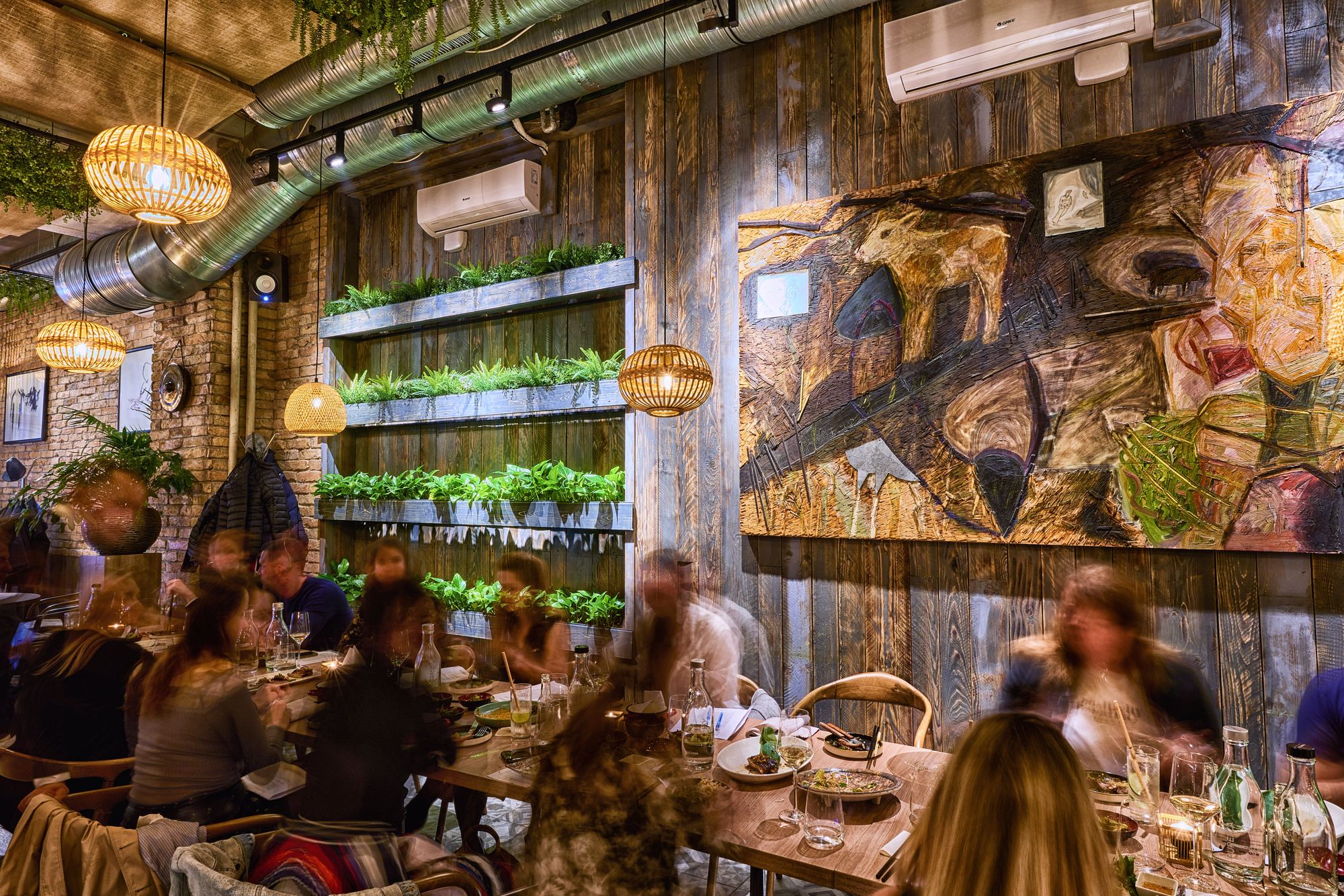Following preparatory work, Costes Izakaya, Budapest’s newest and exciting fusion venue opened its doors on Október 6. Street.
The group of companies, best known for its classic fine dining places, has the clear goal of making its high-quality gastronomy more widely available with a relaxed, light-hearted atmosphere, thus breaking down the ‘tight’ prejudice that Costes necessarily suggests luxury and elegance. The company’s two Michelin-starred restaurants will therefore be joined from mid-October by Costes Izakaya, a pan-Asian specialty.
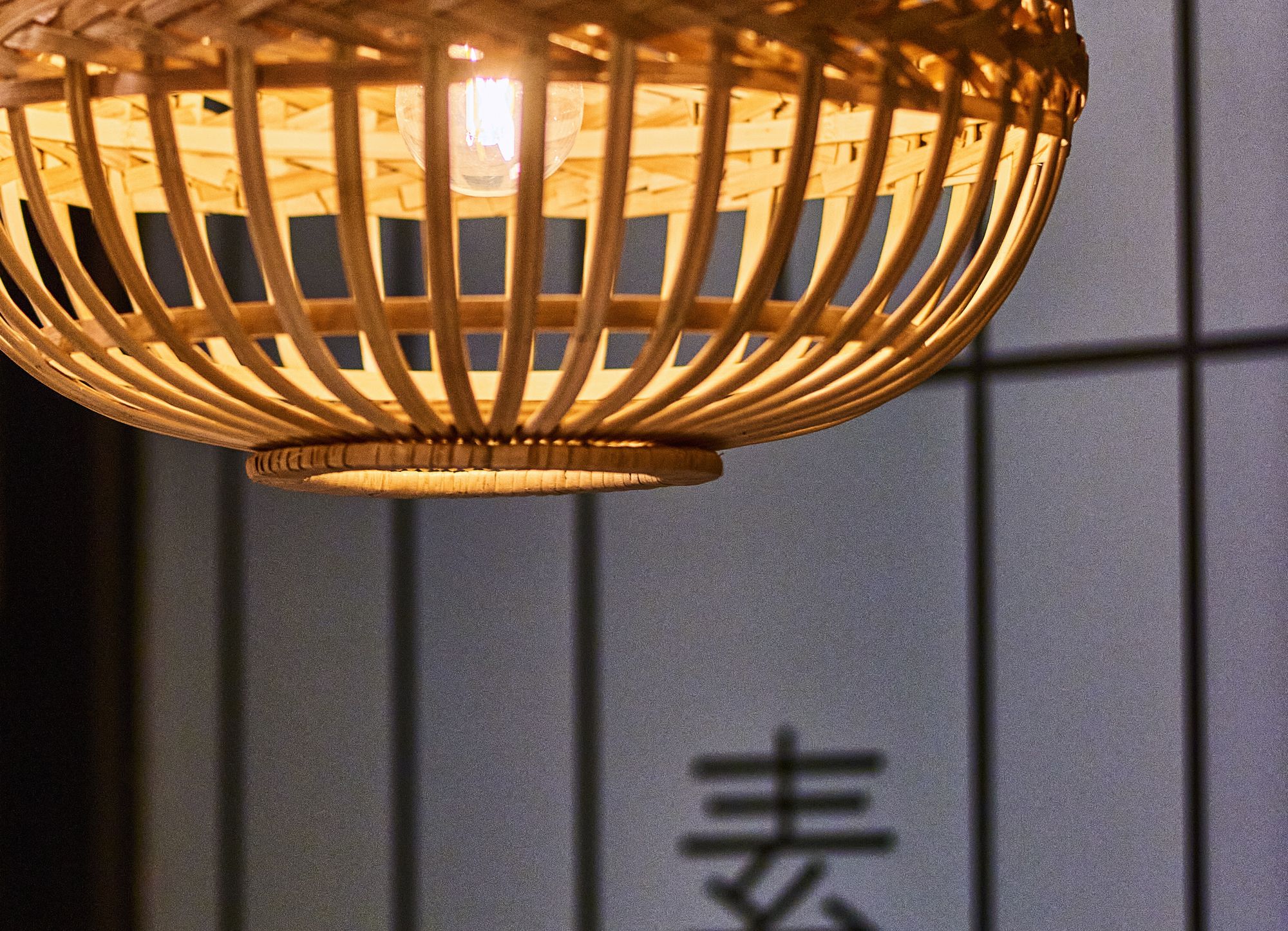
Farewell to Nudli
As Károly Gerendai, one of the owners of the group, puts it, after a year and a half of experience, they had to admit that Nudli did not bring the expected breakthrough, the place on Október 6. Street requires a fresh concept that is more frequented by tourists.
Costes Izakaya
The name Costes Izakaya, which sounds foreign to Hungarian ears, was inspired by the meeting of cultures. The name Costes, with Michelin-starred restaurants behind them, has become a kind of synonym for quality in Hungarian gastronomy over the past decade. In addition, it seemed almost obvious that Far Eastern flavors should be more prominent in the restaurant menu, as the professional leader of the fine dining restaurant group, Márk Molnár, returned to Hungary with decades of experience in Asian cuisine. This is how the name Izakaya came about, which derives from the nature of the restaurant, and was inspired by this catering concept that is prevalent in Asian, mainly Japanese, culture.
What is izakaya?
Originally, izakayas were Japanese sake shops, where customers, usually after work, not only went in to buy, but could also sit down to eat and order food to go with their alcoholic drinks. Today, the character of the shop has been reduced, and this name is most representative of the bistro style offering Asian cuisine worldwide. The food in an izakaya is a little more filling than in a tapas or mezze bar, but still far from ‘big plate’ dishes. Most dishes are shared by several members of the table company, so they can try a wide variety of dishes. By incorporating these traits as a tradition, the owners created a restaurant that embraces the increasingly popular concept of ‘sharing’ and the relaxed, informal after-work atmosphere, while using the best quality ingredients to prepare exceptional dishes.
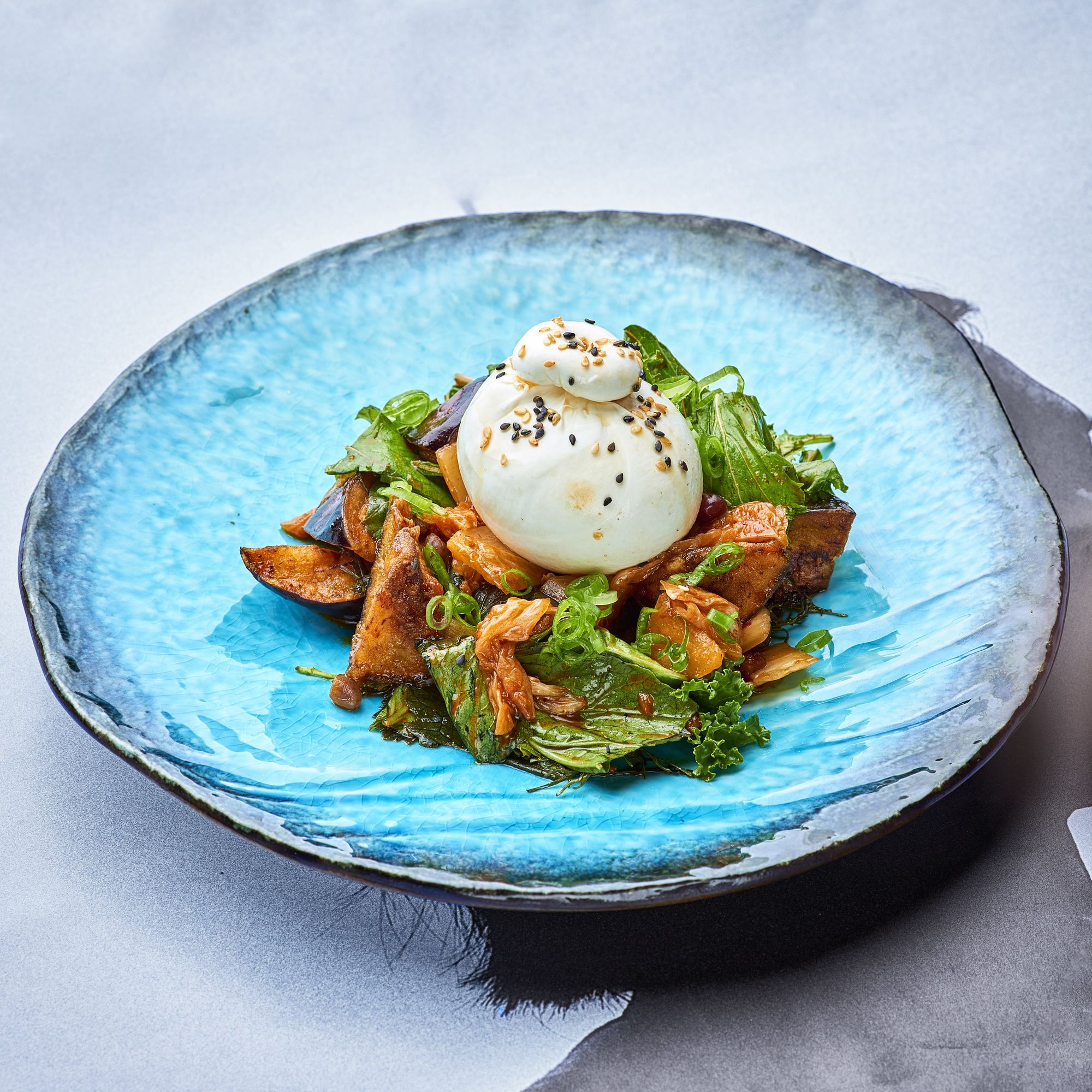
How is a fine bistro different?
The term ‘fine bistro’ is used to emphasize the special quality, even if it does cause some confusion. Traditional and modern cuisine techniques are mixed, just as contemporary artworks are combined with antique pieces. This relaxed, but quality atmosphere also includes the occasional live DJ providing the music, and it is not strange if someone only comes in for the special drink selection and wants to sit at the bar. Hopefully, of course, the food will be the most appealing, so the menu includes great classics (slightly modified and improved) and many extraordinary, original creations. The predominantly Far Eastern flavors are also treated freely, with a selection of ingredients and flavors from the best of Latin American and Mediterranean cuisine, while the Mangalica or homemade csusza pasta (a type of pasta sheet similar to Lasagne pasta—the Transl.) are also used boldly. The only thing they insist on is to put delicious and exciting food on the table.

In addition to the sake selection, Zoltán Szabó, Corporate Executive Bar Manager of the Costes Group, collected a number of exclusive drinks for the new place. The steamy, hot atmosphere of the evenings is ensured by the presence of the DJ booth, which is almost a ‘basic accessory’ in foreign, cosmopolitan bars, alongside high-ball drinks fermented with kombucha and Japanese water crystal. A natural and traditional wine selection complementing the food stands out from the drinks menu, which is gaining ground these days, and presents both Hungarian and international brands.
As the management of the Costes group is mainly familiar with fine dining restaurants, experience with younger trends was needed to implement the new concept, so they called on the help of Enso’s visionary, Benjámin Tenner. The two different catering styles were brought together, hopefully not to cancel each other out, but to strengthen each other. After five months of renovations—the interior design of which was created by ELK, the design office of Gáspár Bonta, who also designed Rumour—Budapest’s sexiest izakaya awaits guests from 14 October five days a week (for now) from 4 pm (later for lunch) in Október 6. Street.
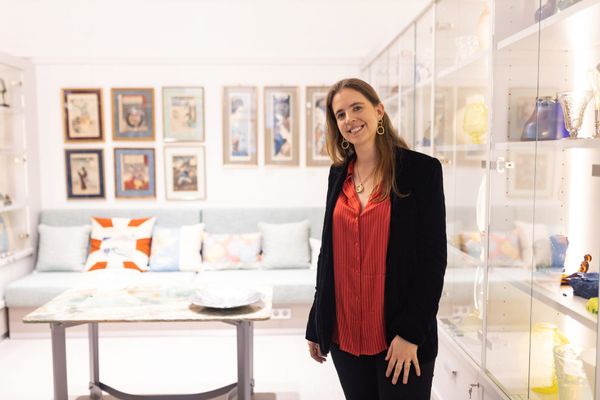
Asterisk*—the intersection of art, craft, and gastronomy | Interview with Ágnes Fazakas
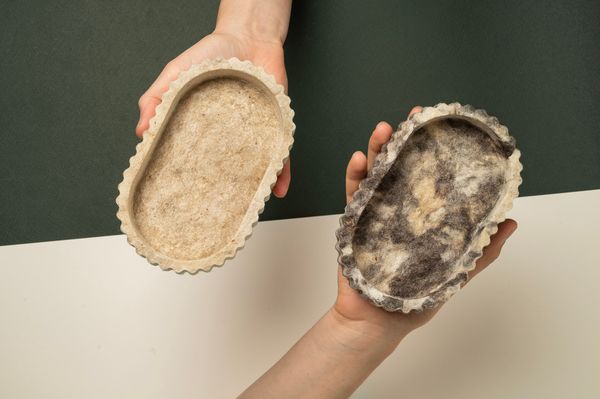
Variations on wool: the Wool project










